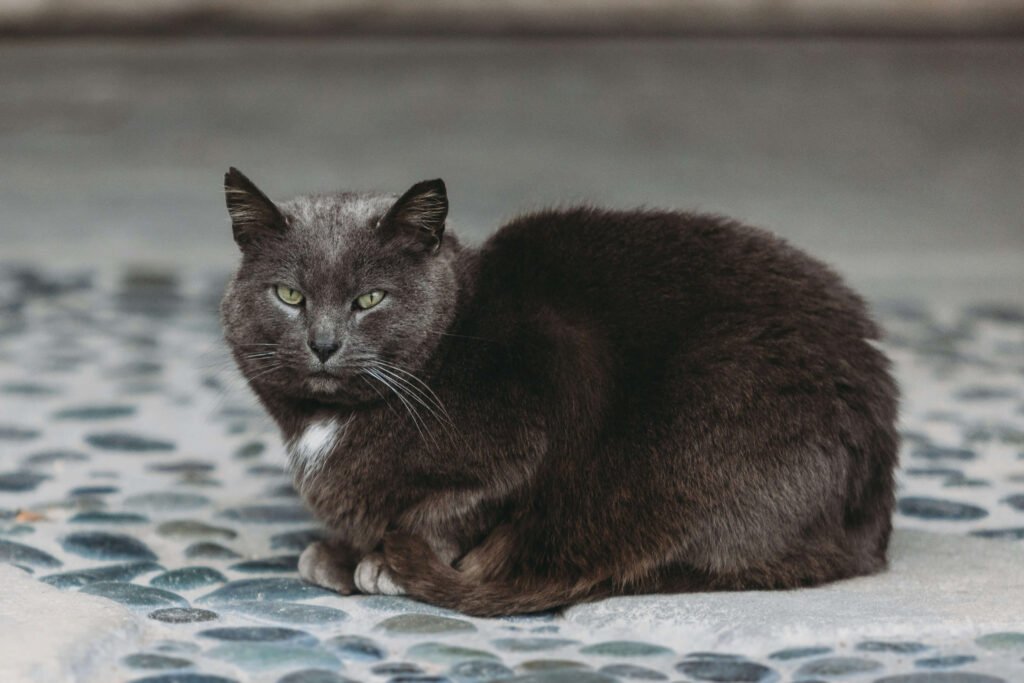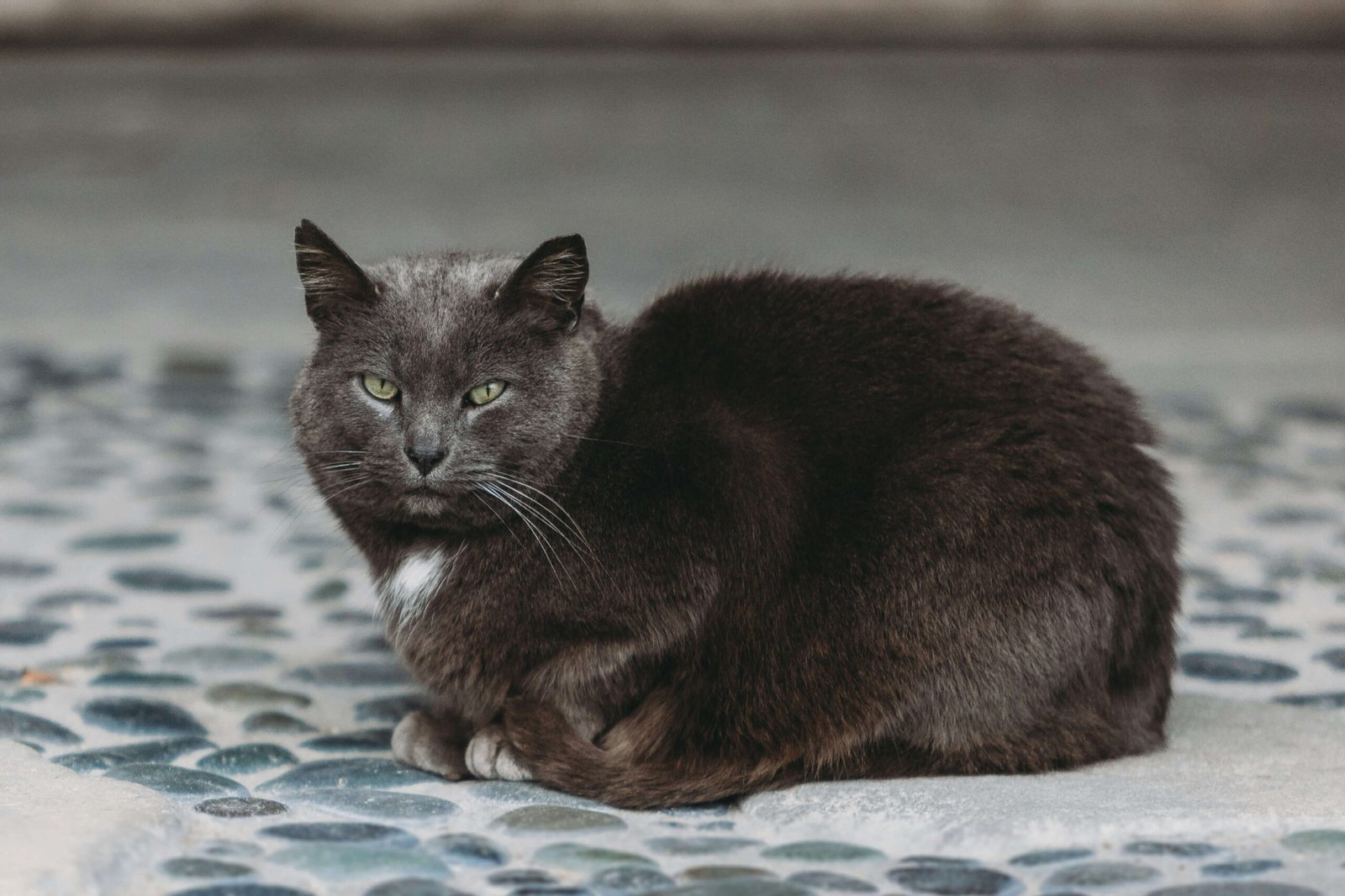Why Does My Cat Roll Over When She Sees Me?
There’s something truly heartwarming about the way our feline companions greet us. One of the most endearing behaviors many cat owners notice is when their furry friend rolls over onto their back upon seeing them. It’s a gesture that often leaves us wondering, “What does it mean?” or “Why does my cat roll over when she sees me?” This behavior is not just random; it’s deeply rooted in your cat’s instincts, emotions, and unique personality. Whether you’re a seasoned cat parent or a newbie to the world of whiskers and purrs, understanding this adorable display can help strengthen the bond between you and your pet. Let’s dive into the fascinating reasons behind this quirky feline habit.
What Does Rolling Over Mean? Breaking Down the Behavior
Cats are mysterious creatures, but their body language often speaks volumes. When your cat rolls over in front of you, it’s her way of communicating something significant. Here’s a breakdown of what this behavior might signify:
Trust and Comfort
Cats are naturally cautious animals, so exposing their belly—a vulnerable area—is a sign they feel completely safe around you.Seeking Attention
Your cat may be rolling over as an invitation for interaction. She knows this move grabs your attention and gets you to engage.Marking Territory
Cats have scent glands on various parts of their bodies, including their paws and tail. Rolling allows them to leave their scent on surfaces—or on you—as a way of claiming ownership.Playfulness
Sometimes, rolling is simply an expression of excitement or a desire to play. It’s her way of saying, “Let’s have some fun!”Expressing Affection
While cats aren’t as overtly affectionate as dogs, rolling over can be their version of showing love and attachment.
Understanding these signals helps you decode your cat’s intentions and respond appropriately. Whether it’s giving her a gentle pat or engaging in a playful session, recognizing her cues fosters a deeper connection.
Is Rolling Over Always Positive? Potential Reasons Behind the Gesture
While rolling over is generally a positive sign, there are instances where it could mean something else entirely. Here’s a closer look at other possible interpretations:
Overstimulation
If your cat rolls over after being petted for a while, it could indicate she’s feeling overwhelmed and needs space.Discomfort or Pain
In rare cases, excessive rolling might signal physical discomfort, such as an itch, irritation, or even health issues like urinary tract infections.Hormonal Behavior
Unspayed female cats sometimes roll excessively during heat cycles due to hormonal surges.Curiosity About Scents
Cats are highly sensitive to smells. If you’ve recently used a new perfume or detergent, your cat might roll to investigate the unfamiliar scent.A Learned Habit
Some cats learn that rolling elicits a reaction from their humans, making it a go-to trick for getting treats or cuddles.
Though rolling is usually harmless, always observe your cat’s overall demeanor to ensure she’s happy and healthy. If the behavior seems unusual or excessive, consulting a vet is a wise step.
Check this guide 👉Why Do Cats Roll Around on the Ground? Best 7 Behavior Tips!
Check this guide 👉Why Is My Cat Laying in the Litter Box? Best 7 Expert Tips!

Possible Interpretations | Signs to Look For |
|---|---|
Seeking Attention | Purring, meowing, or staring |
Marking Territory | Rubbing against objects/people |
Playfulness | Twitching tail, dilated pupils |
Discomfort/Pain | Lethargy, vocalizing, avoidance |
Hormonal Behavior | Frequent rolling, restlessness |
How Should You Respond to Your Cat’s Rolling Behavior?
When your cat rolls over, how you react can influence her mood and strengthen your bond. Here’s what you can do based on the situation:
Offer Gentle Interaction
If she’s seeking attention, softly pet her head or scratch behind her ears—but avoid touching her belly unless she explicitly invites it.Engage in Playtime
Use toys like feather wands or laser pointers to channel her energy into a fun activity.Observe Her Cues
Pay attention to whether she seems relaxed or agitated. Respect her boundaries if she appears uncomfortable.Reward Good Behavior
Offer treats or praise when she displays calm and friendly rolling behaviors. Positive reinforcement encourages good habits.Consult a Vet if Needed
If her rolling seems compulsive or accompanied by signs of distress, schedule a check-up to rule out medical concerns.
By responding thoughtfully, you show your cat that you value her communication and care about her well-being.
Fun Facts About Cat Rolling Behavior
Did you know that rolling isn’t just limited to domestic cats? This behavior has fascinating parallels in the wild too. Here are some intriguing insights:
Wild Cats Do It Too
Big cats like lions and tigers also roll to mark territory or cool off in the grass.Temperature Regulation
Rolling on cool surfaces helps cats regulate their body temperature, especially during hot weather.Social Bonding
In multi-cat households, rolling can serve as a social cue among feline friends, strengthening group dynamics.Scent Communication
Cats rely heavily on scent to communicate. Rolling spreads their unique aroma, which reassures them and others in their environment.Individual Personality
Just like humans, every cat is different. Some roll frequently, while others rarely do—it’s all part of their charm!
These facts highlight how rolling is both practical and deeply ingrained in feline nature.
Understanding the Role of Scent in Rolling Behavior
Cats have an extraordinary sense of smell, and scent plays a crucial role in their communication. When your cat rolls over, it’s often tied to her need to share or investigate scents. Here are some ways scent influences this behavior:
Marking You as Hers
Cats use scent glands located on their cheeks, paws, and tail to leave their mark on people and objects they consider theirs. Rolling helps spread these scents effectively.Exploring New Smells
If you’ve recently worn perfume, handled food, or come into contact with unfamiliar odors, your cat might roll to better understand these new scents.Neutralizing Strong Odors
Cats dislike overpowering smells. Rolling can be a way for them to “neutralize” strong scents by mixing them with their own natural aroma.Bonding Through Shared Scents
In multi-cat households, rolling can help cats blend their scents, creating a communal “family” smell that fosters harmony.Comfort in Familiarity
Rolling on items like blankets or clothing that carry your scent provides comfort and reassurance when you’re not around.
By recognizing how scent drives this behavior, you gain a deeper appreciation for your cat’s sensory world and the importance of familiar smells in her life.
Common Misconceptions About Cat Rolling
Many pet owners misinterpret why their cats roll over, leading to misunderstandings about their feline companions’ intentions. Let’s debunk some common myths surrounding this behavior:
Myth: Rolling Always Means She Wants Belly Rubs
While some cats enjoy belly rubs, many find it uncomfortable or even threatening. Rolling doesn’t always mean she’s inviting physical contact.Myth: It’s Only a Playful Gesture
Although rolling can indicate playfulness, it may also signify trust, affection, or territorial marking rather than just a desire to play.Myth: All Cats Roll for the Same Reasons
Every cat is unique. Some roll frequently, while others rarely do, depending on personality, environment, and past experiences.Myth: Rolling Indicates Submission
Unlike dogs, cats don’t roll to show submission. Instead, it’s more about trust and emotional expression.Myth: It’s Always a Positive Sign
While rolling is usually harmless, excessive or sudden changes in this behavior could signal health issues or stress.
Understanding these misconceptions ensures you interpret your cat’s actions accurately and respond appropriately.
Tips for Encouraging Healthy Rolling Behavior
If your cat enjoys rolling and uses it as a form of communication, there are ways to encourage this healthy behavior while ensuring it remains positive and stress-free. Here are some tips to guide you:
Provide Safe Spaces
Ensure your cat has access to cozy spots where she feels secure enough to roll without feeling threatened.Respect Her Boundaries
Avoid forcing interactions if she rolls but seems hesitant about being touched. Let her dictate the pace of engagement.Use Interactive Toys
Redirect her energy toward toys that stimulate play, especially if she rolls out of boredom or excess energy.Maintain a Consistent Routine
Cats thrive on predictability. A stable daily routine reduces stress, which can minimize any negative behaviors associated with rolling.Monitor Health Regularly
Schedule regular vet check-ups to rule out underlying medical conditions that might cause unusual rolling patterns.
By fostering a supportive environment, you ensure that your cat’s rolling remains a joyful and meaningful part of your shared life.
Frequently Asked Questions About Cat Rolling Behavior
Why does my cat only roll over when I come home?
Your arrival triggers excitement and happiness, prompting her to display affection through rolling.
Should I rub my cat’s belly when she rolls over?
Not necessarily. Many cats find belly rubs intrusive, so proceed cautiously based on her comfort level.
Can stress cause my cat to roll excessively?
Yes, stress or anxiety can lead to repetitive behaviors, including rolling. Addressing the root cause is essential.
Does age affect rolling behavior?
Kittens tend to roll more frequently due to high energy levels, but adult cats also exhibit this behavior for various reasons.
Is rolling linked to dominance?
Rarely. While some animals use rolling to assert dominance, cats typically roll to show trust or affection rather than control.
Strengthening the Bond Through Understanding
Decoding why your cat rolls over when she sees you opens up a world of insight into her emotions and instincts. From expressing trust and affection to seeking attention or cooling down, this charming behavior reflects the depth of your connection. By observing her cues and responding thoughtfully, you create a harmonious relationship built on mutual respect and love. So next time your feline friend flips onto her back, take a moment to appreciate the silent conversation happening between you two—it’s one of the many joys of sharing life with a cat.
Understanding Dog Coat Types: Best 7 Expert Tips! – Discover grooming, care & breed insights for every coat type from smooth to hairless.
Understanding Focal Seizures in Cats: Best 7 Expert Tips! – Recognize subtle signs, identify causes, and support your cat’s brain health.
Understanding Cryptosporidium in Cats: Best 7 Expert Tips! – Spot symptoms, treat safely, and stop parasite spread in your home.
Understanding Cryptosporidium in Dogs: Best 7 Expert Tips! – Learn symptoms, treatment & prevention for this stubborn gut parasite.





